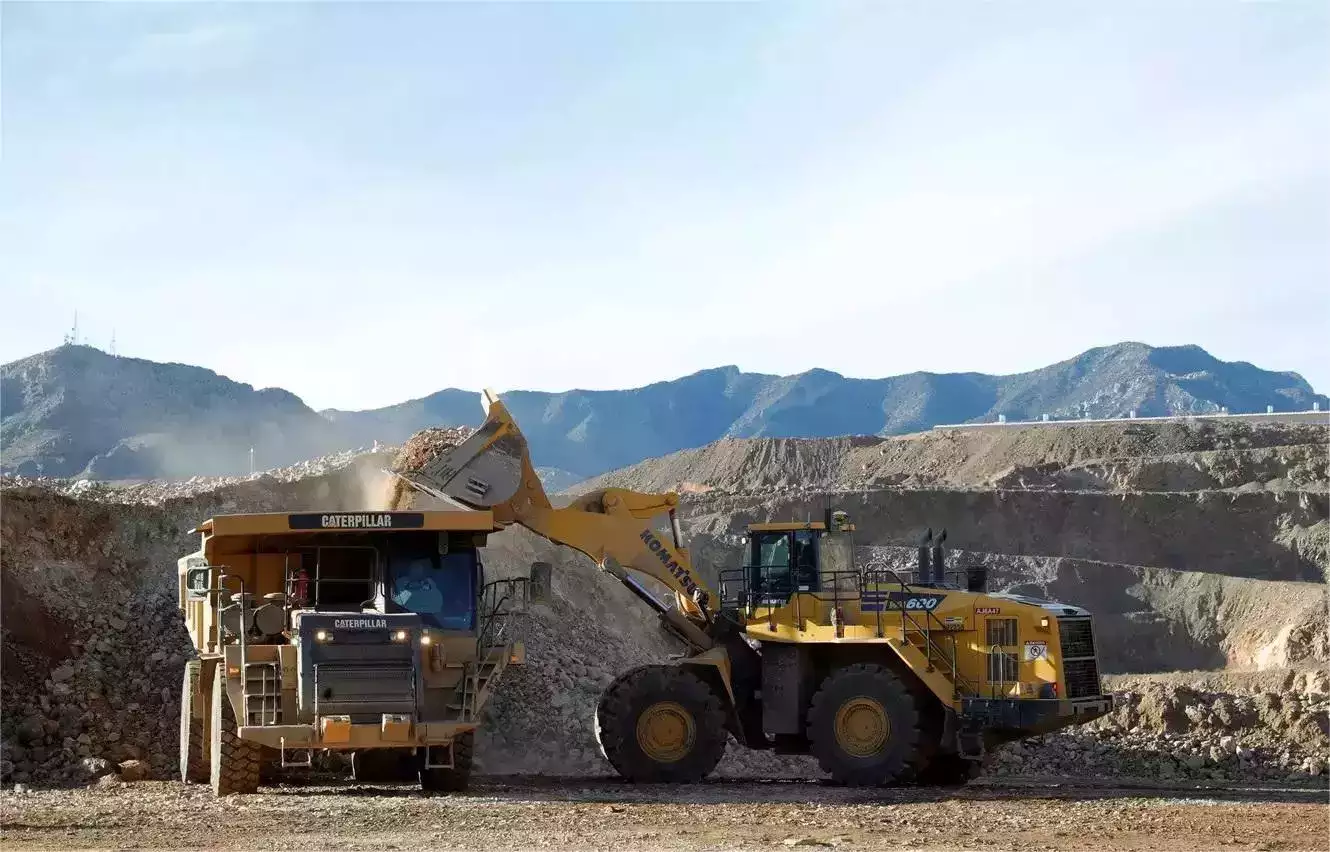
These include mobile phones, computer hard drives, electric and hybrid vehicles, wind turbines, screen monitors, electronic displays, guidance systems, lasers, radar and sonar systems etc. They also form an integral part of the chip ecosystem as they are used in semiconductor materials to improve their purity and integrity. Economically, rise in prices and availability in a global context can adversely impact the semiconductor supply chain.
From Bayan Obo mine in the inner Mongolia region to Mojave Desert in the US, a new race has silently begun. While the REE are found in a wide range of minerals to include silicates, carbonates and phosphates, they do not fit into most mineral structures and are found in a few geological environments.
Going back in history, Deng Xiaoping quoted in 1987, “The Middle East has its oil, China has Rare Earths”.
China accounts for more than 70% of world production of REE and has nearly monopolized the production of these metals. However, because of US-China trade disputes, the prices for these critical commodities have risen. Open data suggests that China consumes 104,000 metric tonnes of rare earths which is nearly 67% of the worldwide consumption.
With this scale of production capacity and consumption capacity, manipulation of global prices as well as export is a viable possibility. Demand supply metrics with an almost stable supply from China over the years has made most manufacturing entities gloss over this silent hegemony of one nation.
India has significant reserves at 6% of total known rare earth deposits and is supposedly the fifth largest in the world. To this effect Indian Rare Earths Limited (IREL) was established way back in 1950 as the need was clearly understood. IREL has now established a modern Rare Earths processing plant in Odisha.
There have been some policy hurdles in the past as this critical sector requires expertise, large capital outlays and high technology for extraction, processing and logistics. There was a lack of demand, low entrepreneurship, low investment in technology and negligible private sector footprint which hampered growth in this sector.
In terms of Critical Minerals, the Geological Survey of India (GSI) established lithium inferred resources of nearly six million tonnes in Reasi district of Jammu and Kashmir in February last year. This discovery makes India the seventh largest source of lithium globally. Light rare earth finds have also been ascertained at Anantpur in Andhra Pradesh.
Significant concentrations have also been identified at ‘Afanasy Niktin Seamount’ in the Indian Ocean as per open-source data. In August 2023, the Parliament ratified the Mines and Minerals (Development and Regulation) Amendment Bill, 2023, to attract private sector investment in exploring deep-seated and critical minerals.
This will not only increase the footprint but also eventually contribute to accruing a larger share of GDP by the mining sector. Some states are mineral rich and more emphasis on exploration is a viable aspect for consideration. While India has joined the Mineral Security Partnership (MSP), a multinational, US led partnership to create critical energy and mineral supply chains as well as India-Australia Critical Minerals partnership, there needs to be a constant focus in this domain.
Technology is a costly commodity and it requires years to develop it to a competitive threshold. To this end, a large number of technological collaborations with mutual benefits need to be ascertained and configured. The academia and central R&D organisations need to develop a dynamic course curriculum for training of experts and qualified engineers in the extraction and processing techniques.
A nodal facility like Indian School of Mines at Dhanbad or other nominated academic centres of excellence could be nominated to establish an RRE centre of excellence and work in conjunction with various public and private sector entities in the semiconductor and critical electronics space. Informed deliberations to acknowledge this space as a ‘Strategic Sector’ with inter-ministerial policy interventions to make this sector lucrative, competitive and an adequate incentivisation could also be considered.
There could also be a case in point for exploration of these critical minerals jointly in other countries with due diligence and thought. While this will require a large effort - diplomatically and technologically, the fruition of such projects could be geopolitical game changers for sure.
Nurturing the available talent, policy interventions, infusing public private partnership models and curating multilateral joint ventures (JVs) in this space could accrue rich dividends to India in future- strategically, economically and technologically. As high-end technologies take shape, the rare earth elements (REE) and critical minerals will be uniquely indispensable.
In all likelihood, this sector could assume a status of something like the present Nuclear Suppliers Group (NSG) which was set up way back in 1974. Carefully crafted policies which look at investments, building processing expertise, dovetailing semiconductor industry and academia, focussing on environment, seabed mining as well as creating demand with a proportional scale of production will be the cornerstones of this endeavour.
(The author is Vice President IESA; Views are personal)
Disclaimer: The copyright of this article belongs to the original author. Reposting this article is solely for the purpose of information dissemination and does not constitute any investment advice. If there is any infringement, please contact us immediately. We will make corrections or deletions as necessary. Thank you.





